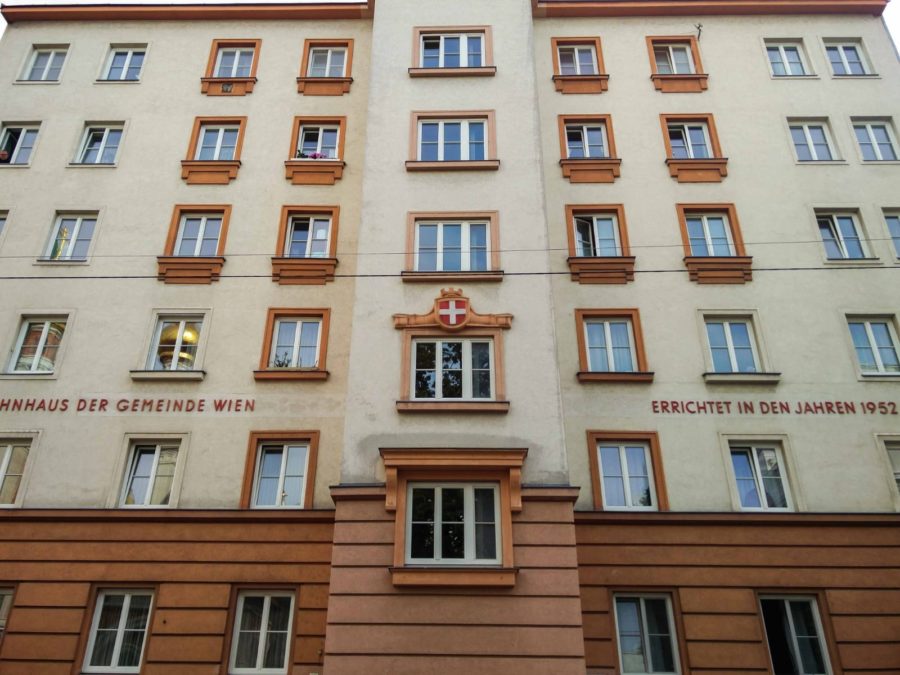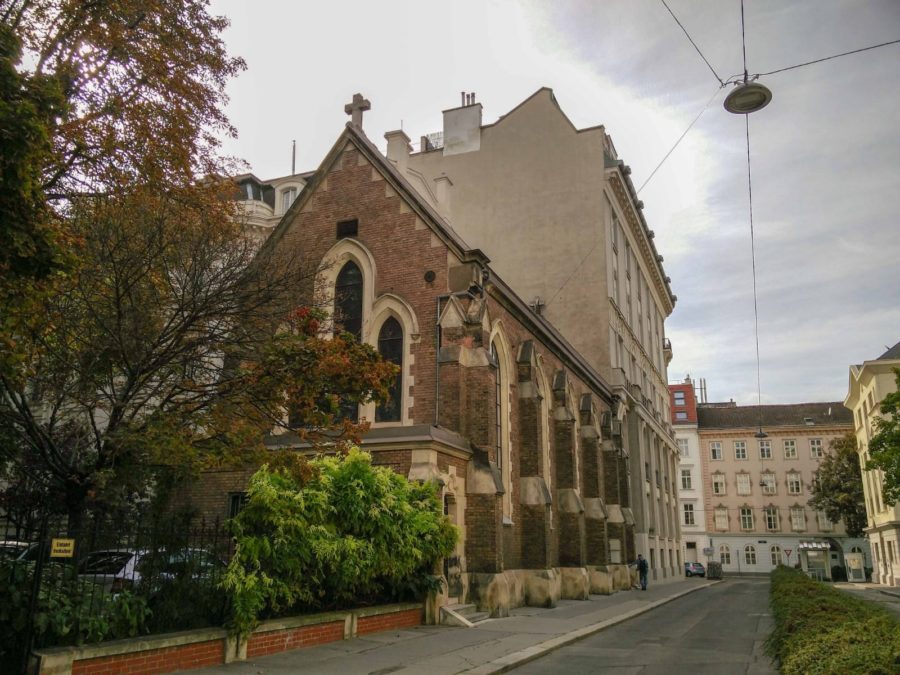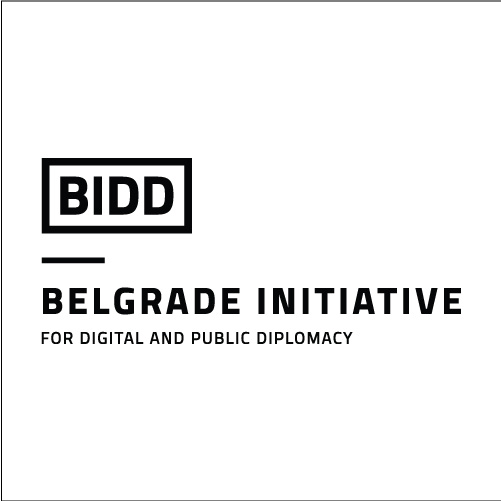Ambassador to Austria and UK Permanent Representative to the United Nations and other International Organisations in Vienna
Part of UK in Austria
19th December 2019 Vienna, Austria
A French pacifist, a British Embassy and a “British Schindler”
It is the summer of 1914 and a political assassination has shocked Europe. Not the one you are thinking of – but one which will lead to a change of name for the street in Vienna on which the British Embassy sits – the Jaurèsgasse.
French politician Jean Jaurès, sometimes described as “one of the first social democrats”, was assassinated in Paris at the outbreak of World War I. He is perhaps best remembered for his anti-militarism and attempts to avert the outbreak of the First World War. The Wikipedia article at the link includes poignant details including the fact that Jaurès was shot in the back by a French nationalist as he ate his dinner in the Café du Croissant on 31 July 1914. Austria-Hungary had declared war on Serbia on 28 July; Germany declared war on France on 3 August.

“Never, for forty years, has Europe been in a more threatening and more tragic situation,” Jaurès warned in the spring of 1914. Subsequent events were to prove him right.
Five years later, the Richardsgasse in Vienna’s third district was renamed the Jaurèsgasse in his honour. It is one of few streets in Vienna (let me know if you know of others) which has a grave accent; its name is much mispronounced.
The street was built in the 1870s on land belonging to Prince Metternich, whose palace at Rennweg 27 is now the Italian Embassy. The British, Russian, Iranian, Chinese and (recently demolished) German embassies are all nearby, as is the distinctive Russian Orthodox church. The street is also home to a large Gemeindebau (social housing block), built in 1952-53 to ease the post-war housing crisis.

The Anglican Church in the Jaurèsgasse was opened on 8 July 1877, designed by architect Viktor Rumpelmayer. In a story reminiscent of “Schindler’s List”, up to 1800 Jews were baptised there in the run up to 1939.

The Jaurèsgasse has had various names over the years:
- 1870s: built as the Richardgasse after Richard von Metternich, son of the more famous Chancellor Metternich, who had died in 1859 aged 86. The Jaurèsgasse still crosses the Metternichgasse, home to the British Ambassador’s residence, also designed by Rumpelmayer, which opened in 1875.
- 6 November 1919: renamed the Jaurèsgasse
- 27 December 1934: renamed Lustig-Prean-Gasse after military officer Karl Lustig-Prean von Preanfeld, 1858-1924
- 9 December 1938: Richthofengasse after Manfred Freiherr von Richthofen, known as the “Red Baron”, 1892-1918. Von Richthofen first came to my attention in 1966 following the release of the bizarre song “Snoopy vs the Red Baron” by the Royal Guardsmen, a vinyl copy of which I still own. It reached No.2 on 31 December 1966. The Monkees’ “I’m a Believer” was No.1.
- 27 April 1945: Lustig-Prean-Gasse (again)
- 15 April 1947 to present: Jaurèsgasse
For most Brits, the renaming of streets is a rare occurrence. The frequency with which it has occurred in parts of central and eastern Europe is a reminder of how turbulent the 20thC has been across much of the region. I commend Timothy Snyder’s “Bloodlands: Europe Between Hitler and Stalin” (2010) for a study of the most extreme expressions of that turbulence.
We will examine how the building of the British Residence at Metternichgasse 6 survived war-time damage to be repaired and reinstated after 1945 in a future blog.









